Webcam
Overview
A webcam is a digital camera that's connected to a computer to broadcast video in real time. Webcams are typically small and often built directly into computers, though standalone devices are also common. They are used for a variety of purposes, including video conferencing, vlogging, and streaming.
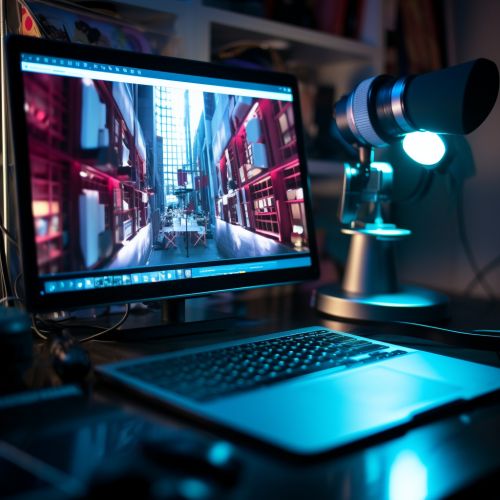
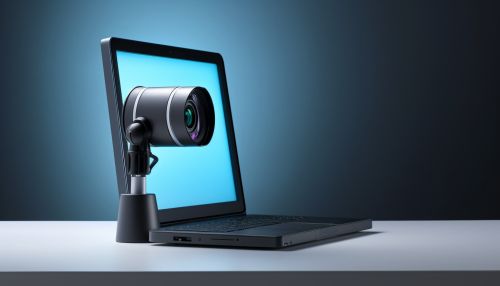
History
The first webcam was developed in 1991 at the University of Cambridge. It was used to monitor a coffee pot in the computer lab. This webcam was connected to the local network and provided a live video feed of the coffee pot to all users on the network. The first commercial webcam, the Connectix QuickCam, was released in 1994.
Design and Functionality
Webcams are designed to capture video and transmit it over the internet. They typically include a lens, an image sensor, and supporting circuitry. The lens focuses light onto the image sensor, which converts the light into an electrical signal. This signal is then processed and converted into a digital format that can be transmitted over the internet.
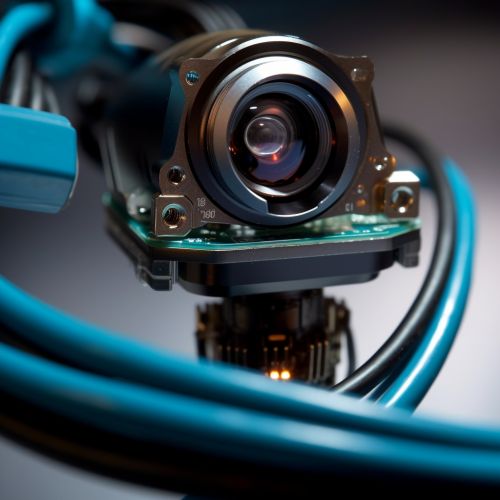
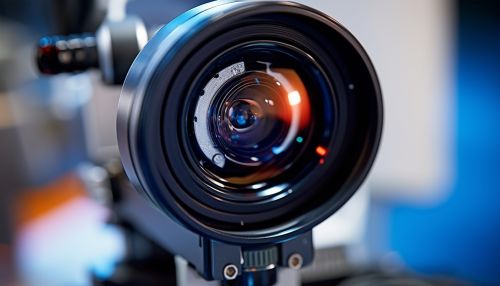
Webcams can capture video at various resolutions, from low-resolution QVGA (320x240) to high-definition 1080p (1920x1080) or even 4K (3840x2160). The frame rate of a webcam, measured in frames per second (fps), determines how smoothly the video appears. A higher frame rate results in smoother video but requires more bandwidth to transmit.
Applications
Webcams are used in a wide range of applications. One of the most common uses is for video conferencing, where they allow people in different locations to see and hear each other in real time. This is commonly used in business settings, as well as for personal communication.
Webcams are also used for vlogging and live streaming. Many people use webcams to create video blogs (vlogs) or to broadcast live video over the internet. This is commonly done on platforms like YouTube, Twitch, and Facebook Live.


Webcams can also be used for surveillance. Many security systems use webcams to monitor areas for unauthorized activity. These webcams can often be accessed remotely, allowing the user to view the video feed from anywhere with an internet connection.
Privacy Concerns
Webcams can pose significant privacy concerns. If a webcam is hacked, it can be used to spy on the user without their knowledge. This can be done by remotely activating the webcam and viewing the video feed. To protect against this, many people cover their webcams when they are not in use.
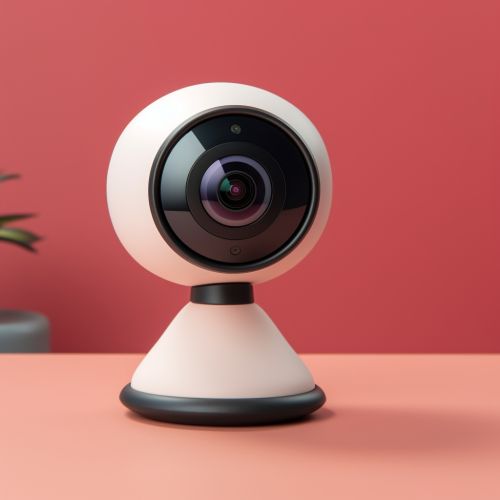
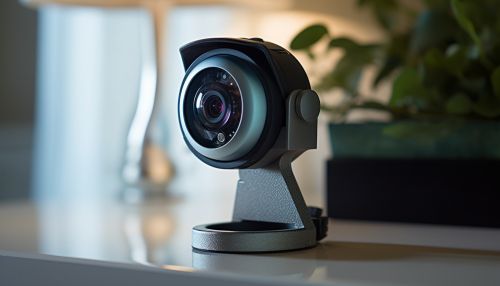
Future Trends
As technology continues to advance, webcams are likely to become more sophisticated. Future webcams may offer higher resolutions, better low-light performance, and improved audio quality. Additionally, as virtual reality and augmented reality become more popular, webcams may be used to capture 3D video or to track the user's movements.
